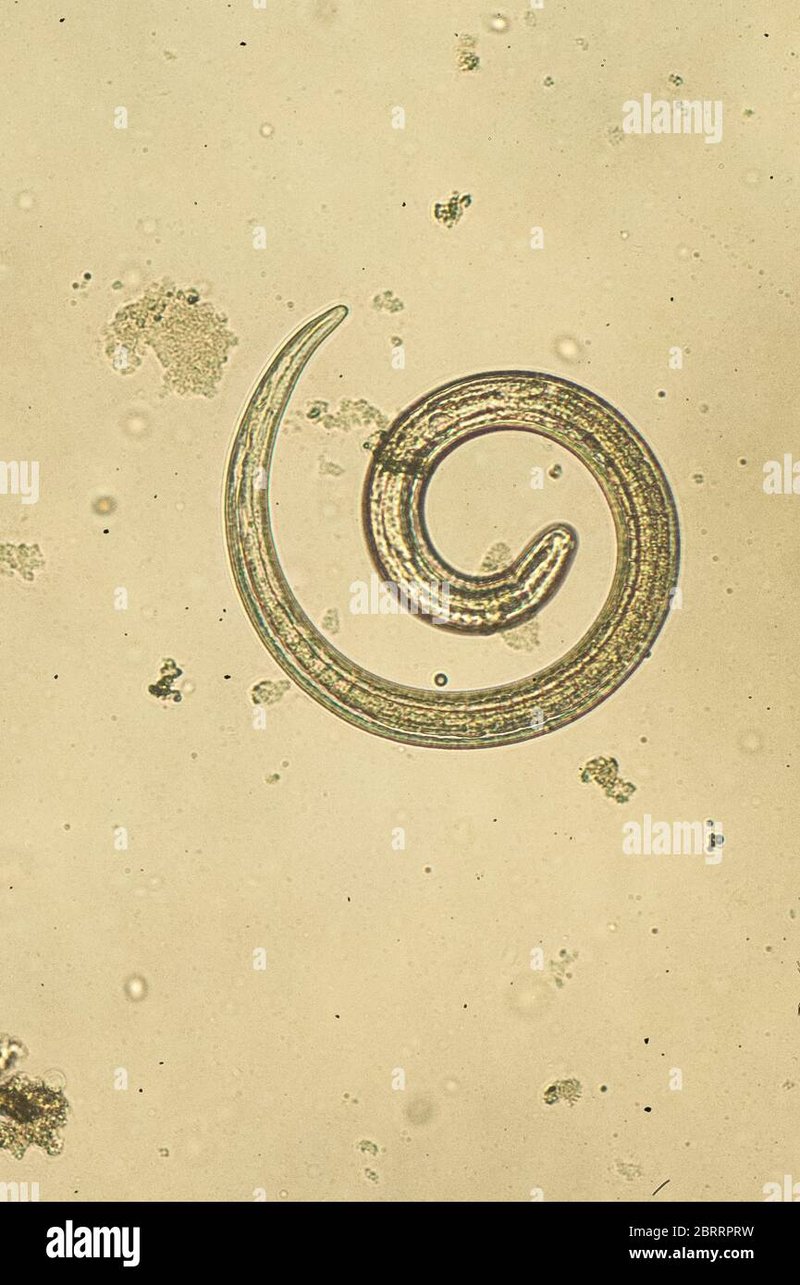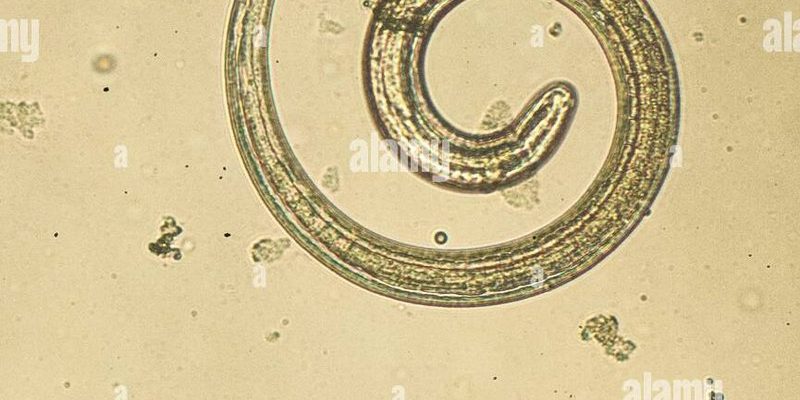
So, what’s the big deal about Trichinella spiralis? This parasite is the main culprit behind trichinosis, a disease you definitely don’t want to catch. It primarily comes from undercooked pork or wild game that has been infected, so keeping an eye out for it is crucial, especially if you’re into hunting or cooking exotic meats. Let’s dive deeper into the identification hurdles that come up when you’re on the lookout for this tricky little organism.
Understanding Trichinella Spiralis
Let’s start at the beginning. Trichinella spiralis is a type of roundworm, or nematode, that inhabits the intestines of infected animals. When these animals eat contaminated food, the larvae hatch in their intestines and can produce new larvae that travel through the bloodstream to muscles. Here’s the kicker: these larvae can stay viable for years. This resilience is what makes them so challenging to spot in the field.
You might be wondering how this all connects to spotting the parasite in the wild. It’s not just about identifying infected animals. If you’re hunting or handling wild game, knowing how to spot signs of Trichinella is vital. Many people assume that all meat is safe as long as it’s cooked. But without proper detection methods, you could be putting yourself at risk.
Identifying Signs of Infection
When it comes to identifying Trichinella spiralis, you’ll want to look for some telltale signs in the meat of infected animals. Unfortunately, there aren’t always obvious symptoms before you bite into a piece of meat. That’s part of what makes this parasite insidious.
Here are some indicators that may help you:
- Muscle Biopsy: The most definitive way to identify Trichinella is through muscle biopsy. This involves taking a small sample of muscle tissue, which can be examined under a microscope for the presence of larvae. Sounds complicated, right? That’s because it often is, especially in a field setting.
- Serological Tests: Blood tests can detect antibodies against Trichinella. These tests aren’t foolproof, but they can provide a quick indication of an infection.
- Inspections: If you’re handling wild game, a careful visual inspection for unusual cysts in the muscles can be crucial. These cysts can be a sign of infection, but spotting them requires a keen eye.
Even with these methods, identifying Trichinella can feel like searching for a needle in a haystack. It’s not just about having the right tools; you also need knowledge and experience to interpret what you see.
Challenges of Field Identification
So, what makes field identification so tricky? For starters, many animals won’t show visible signs of infection until it’s too late. This means you might not even realize there’s a problem until you’ve already consumed the meat. It’s a bit like finding out your car has a hidden engine problem after you’ve already driven it for miles.
Additionally, the life cycle of Trichinella spiralis can be confusing. The parasite can exist in several stages, and the specific stage may not be easily identifiable in a casual field inspection. This adds an extra layer of complexity to spotting it in wild game.
Here’s something to consider: not all animals that can host Trichinella show the same signs of infection. While pigs are a primary source, other animals like bears, wild boar, and even some rodents can carry the parasite. Each host can present unique challenges when it comes to identification.
Tools for Identification
While it’s tough, there are tools you can use to help identify Trichinella spiralis. If you’re serious about spotting this parasite, investing in some field equipment can help.
Here are a few useful tools:
- Microscope: A portable microscope can allow you to examine samples right in the field. If you’re curious about what you see, it can help you identify the parasite more accurately.
- Field Guides: Having a reliable field guide on hand can help you recognize signs of infected animals. These guides can also provide information on safe handling and cooking practices.
- Diagnostic Kits: Some kits can help you test for Trichinella presence in meat. While they might be more suited for home or lab testing, having one available can aid in identifying the issue.
Using these tools effectively requires practice. It’s not just about having the tools; it’s about knowing how to use them to make accurate identifications.
Preventing Trichinella Spiralis Infections
Identifying Trichinella is only half the battle; prevention is equally crucial. If you’re cooking meat, make sure you know the right temperatures to kill any lurking parasites. Cooking meat to 145°F (63°C) and allowing it to rest for at least three minutes can help ensure that you’re safe from infection.
Here are some tips to prevent infections:
- Cook Thoroughly: Always cook meat, especially pork, to the recommended temperature. A meat thermometer can be a game changer in ensuring safety.
- Avoid Cross-Contamination: Use separate cutting boards for raw meat and other foods. This simple step can help prevent any parasites from spreading.
- Freeze Meat: Freezing meat at 5°F (-15°C) for at least three weeks can kill Trichinella larvae, making it safer to consume.
Being aware of the risks and taking these precautions will go a long way in preventing Trichinella infections.
The Bigger Picture
Understanding the challenges of identifying Trichinella spiralis isn’t just for the hunters and cooks out there, though. It affects everyone who enjoys meat, especially if you’re eating wild game or less commonly found meats. Having this knowledge empowers you to make informed decisions about your food choices, which is becoming increasingly important in our interconnected world.
The next time you bite into that juicy piece of pork or wild game, remember the journey it took to get to your plate. Having awareness about parasites like Trichinella may just save you from an unpleasant experience down the road.
Spotting Trichinella spiralis in the field can be tough. It requires a mix of knowledge, the right tools, and a bit of luck. But understanding the challenges and taking precautions can help ensure that you enjoy your meals without worry. Remember to cook meat properly, use tools effectively, and most importantly, stay informed.
The world of parasites may seem daunting, but with a little effort, you can navigate it safely. Next time you think about that adorable little pig, you’ll also be considering the unseen challenges that come with it. Stay curious and stay safe!

